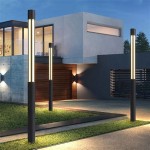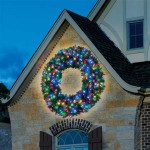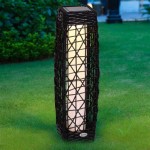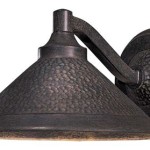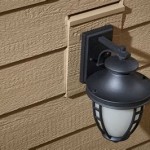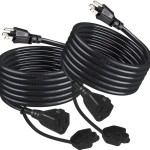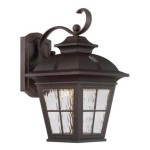Wired Outdoor Lighting: Essential Aspects for Enhanced Ambiance and Security
Wired outdoor lighting plays a pivotal role in enhancing the aesthetic appeal, functionality, and security of outdoor spaces. By understanding the essential aspects, you can design and install an optimal lighting system for your backyard, patio, or garden.
Types of Wired Outdoor Lighting Fixtures
Choose from a wide range of outdoor lighting fixtures designed for various purposes:
- Path lights: Illuminate walkways and pathways, providing safe and convenient nighttime navigation.
- Floodlights: Offer broad illumination for larger areas, such as patios, driveways, or security purposes.
- Spotlights: Highlight focal points or architectural features, creating dramatic effects.
- Pendant lights: Add a decorative element to outdoor dining areas or covered patios, providing ambient lighting.
- Wall-mounted lights: Mounted on walls or fences, they provide illumination for entrances, porches, or outdoor seating areas.
Voltage and Wiring Considerations
Ensure proper wiring and voltage for safe and efficient lighting performance:
- Voltage: Most outdoor lighting operates on a standard 120V or 240V supply.
- Wiring: Use outdoor-rated electrical wire and conduit to protect against moisture and temperature extremes.
- Transformer: If necessary, use a transformer to convert higher voltage to the appropriate voltage for your lighting fixtures.
Lighting Control Options
Control your outdoor lighting for convenience and energy efficiency:
- Manual switches: Provide simple on/off control.
- Timers: Automatically turn lights on and off at predetermined times.
- Motion sensors: Activate lights when movement is detected, enhancing security and saving energy.
- Smart lighting systems: Offer remote control and scheduling capabilities from your smartphone.
Lighting Placement and Design
Consider the following principles for optimal lighting placement and design:
- Create layers: Combine different types of lighting fixtures to provide ambient, task, and accent illumination.
- Avoid glare: Direct light sources away from eyes to prevent discomfort.
- Highlight architectural features: Use spotlights or uplighting to enhance the aesthetics of buildings, trees, and sculptures.
- Consider nighttime visibility: Ensure path lights and other fixtures provide adequate illumination for safe navigation.
Maintenance and Safety
Regular maintenance and safety measures ensure longevity and minimize risks:
- Clean fixtures: Wipe down lights regularly to remove dirt and debris that can impair performance.
- Inspect wiring: Check for any damage, corrosion, or loose connections that can lead to electrical issues.
- Replace bulbs: Replace burnt-out bulbs promptly to maintain optimal lighting levels.
- Follow electrical codes: Ensure all electrical work meets local building and safety codes.
Conclusion
Wired outdoor lighting transforms outdoor spaces, providing enhanced functionality, security, and aesthetics. By considering the essential aspects discussed in this article, you can create an optimal lighting system that meets your needs. Consult with a professional electrician if you require assistance with design, installation, or maintenance.

The 3 Best Smart Outdoor Lights For Backyards Of 2024 Reviews By Wirecutter

Planning Your Low Voltage Outdoor Landscape Lighting 1000bulbs Blog

The 3 Best Smart Outdoor Lights For Backyards Of 2024 Reviews By Wirecutter

Smart Outdoor Lighting Hue Philips

Outdoor Lights Garden Electrical Lighting Wickes

Solar Vs Wired Landscape Lights Which Is Best

How To Install Outdoor Lighting And Diy Family Handyman

Solar Or Wired Outdoor Lighting Which To Choose

Wiring Installation Coastal Source

Installation Help For Outdoor Lighting
Related Posts

